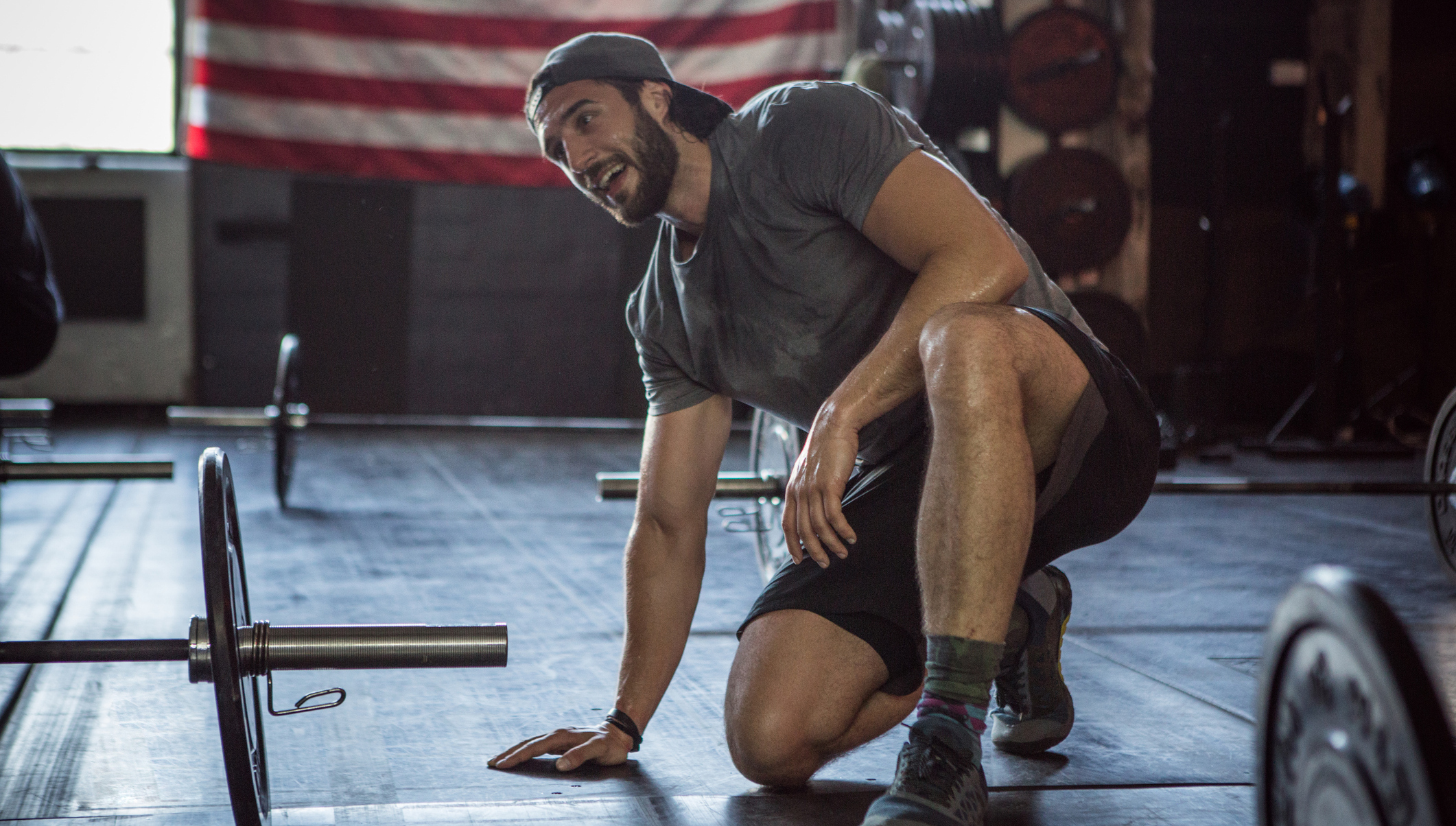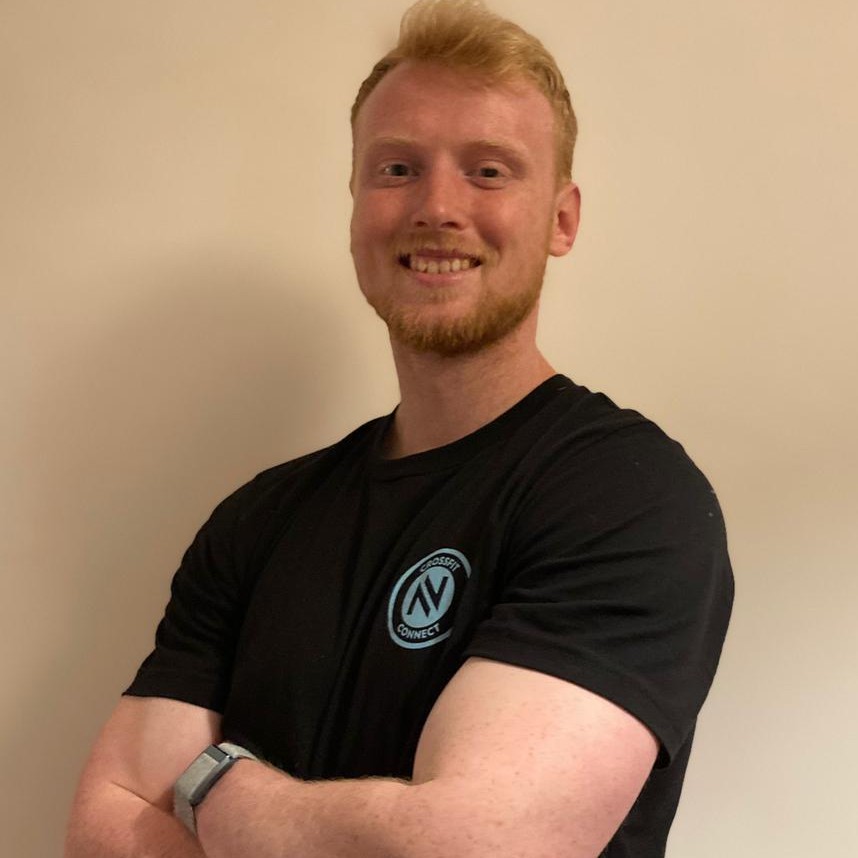The Three Fitness Tests CrossFit Champ Mat Fraser Used Throughout His Career Can Help Everyone Build An Engine To Be Proud Of
Make these three routines a regular part of your training to develop all-round fitness

Mat Fraser has been named the fittest man on earth five times—more than any other male CrossFitter. As a competing athlete he kept his cards close to his chest, but since retiring he’s let slip some of the secrets of his success.
In a recent interview with YouTube content creator Zack Telander, Fraser gave my favorite insight into his training methods yet—three fitness tests he used to make sure he was ready to reclaim the CrossFit Games crown.
The best bit is that anyone can use these CrossFit workouts (with some sensible adjustments) to deliver strength and fitness gains galore, as long as you follow Fraser’s advice for how to progress the workouts over time.
So if you ever wanted to try training like the fittest man on earth, now’s your chance. Just don’t try and match his numbers—take a look at our scaled recommendations and start from there.
Mat Fraser’s Fitness Tests
1. Rowing Intervals
Sets 5 Time 1min 40sec Rest 20sec
Rest 1min
Sets 4 Time 1min 40sec Rest 20sec
Get the Coach Newsletter
Sign up for workout ideas, training advice, reviews of the latest gear and more.
The aim for this workout is to hold a target pace through all nine rounds. For example, Fraser’s end goal was to row at an average pace of 1min 40sec/500m.
He describes it as a mental test, saying he would do it in his parent's shiplap-lined basement. For the whole thing, Fraser tried to stare at a single knot in the wood in front of him.
“If I could stare at that knot for the entire 20 minutes, I knew I was in a good place,” says Fraser.
I wouldn’t recommend trying to match Fraser’s pace straight out of the gate. Instead, pick a goal that’s challenging for you and make this progressively more difficult as your fitness improves.
This goal doesn’t have to be pace-specific either, according to Fraser.
“You’re always trying to progress,” he says. “[And you might] have to use a different metric, because going from 1min 40sec/500m to 1min 39sec/500m is a pretty aggressive jump.
“But I know that a 1min 40sec split when I measure it in watts gives me this X value, so I’ll try and bump that metric up a little bit, and then I’ll jump over to calories and try to bump that up.”
Over time, these incremental gains helped him chip away at his overall pace. Another way to master rowing for CrossFit is with these expert tips.
2. 40-Minute EMOM
EMOM for 40 minutes:
- Row x 15cal
- Toes-to-bar x 15
- Air bike x 15cal
- D-ball over shoulder x 6 (150lb / 70kg)
Fraser says he did at least one 40-minute EMOM each week throughout pretty much his entire career.
This helped him get a feel for how he moved and the paces he was able to hold, both fresh and under fatigue. So, when competition time rolled around, he was ready for anything.
He would also vary the content of the EMOMs throughout the year to help him peak for the CrossFit season.
“At the beginning of the season you have these quick bursts of high output work [in each minute] and lots of rest,” says Fraser. “As you get closer and closer to the season, I tried to move that time domain so it’s almost like I’m just working for 40 minutes straight.
“And then, right before the competition, I’d tailor it all back to the sprints to get that fast-reflex [stimulus].”
Again, I’m not going to hold you to Fraser’s standards. If you want to give this a go, pick a lower-calorie target on the rower and bike that you can hold for all 10 rounds. From my experience of 40-minute EMOMs, the first four rounds should feel fairly routine. The rest, not so much.
You can also lower the number of toes-to-bar reps, or substitute them for V-ups or butterfly sit-ups.
Finally, if you don’t have a D-ball, use a lighter sandbag or perform dual dumbbell cleans instead.
3. Back Squat EMOM
EMOM for six minutes:
- Back squat x 6 (315lb / 143kg)
If you want to develop your squat endurance, this is the test for you. Fraser would progress it over time by playing with the variables of time, weight and reps.
This began with adding an extra minute to the workout. When he could complete the prescribed work for eight minutes he’d strip it back down to six minutes and increase the number of reps he was doing to seven. When he could do this comfortably, he started adding weight.
“By the end of it you’re doing six sets of eight reps on the minute at 335lb,” he says
If I was giving this a go, suffice to say I wouldn’t have 315lb on the bar. Instead, start with 60% of your one-rep max and build from there.

Harry covers news, reviews and features for Coach, Fit&Well and Live Science. With over a decade of training experience, he has tried everything from powerlifting to gymnastics, cardio to CrossFit, all in a bid to find fun ways of building a healthy, functional body.









